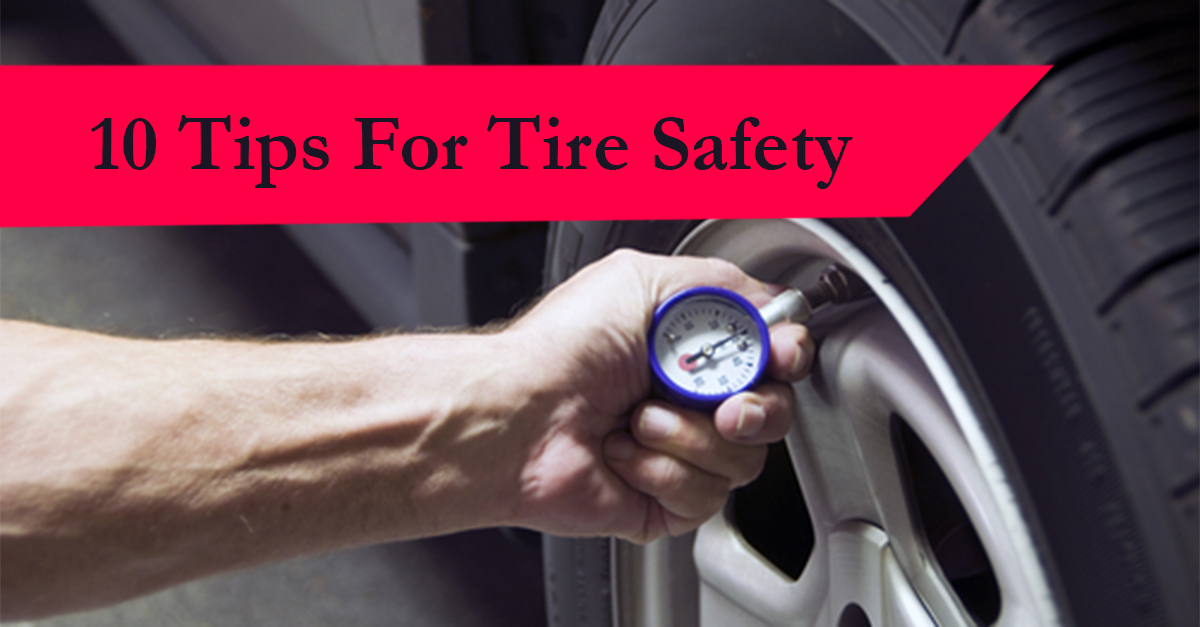10 Best Tips for Wheel Balancing And Car Safety
10 Best Tips for Wheel Balancing And Car Safety are crucial for maintaining optimal vehicle performance and preventing accidents. Here’s a concise guide to ensure your wheels are properly balanced and your car is safe on the road.
Wheel balancing is a critical aspect of car maintenance that ensures smooth and efficient driving. It involves evenly distributing the weight of the wheels to minimize vibrations and promote even tire wear. By adhering to these tips, you can improve your car’s stability, handling, and overall safety on the road.
Whether you’re a seasoned driver or a new one, implementing these practices will help you maintain a well-balanced and safe vehicle. So, let’s dive into the 10 best tips for wheel balancing and car safety.

Credit: www.instagram.com
Importance Of Wheel Balancing
Maintaining proper wheel balancing is crucial for ensuring safe driving and prolonging tire life. Proper wheel balancing enhances vehicle performance, minimizes vibrations, and reduces the risk of tire wear and suspension damage. It is a key aspect of car maintenance for overall safety on the road.
Wheel balancing plays a crucial role in maintaining your car’s safety and performance. It involves equalizing the weight distribution of your car’s wheels to ensure smooth and even rotation. Proper wheel balancing offers numerous advantages, such as promoting even tire wear and providing a smoother ride.
Even Tire Wear
One of the key benefits of wheel balancing is that it helps to promote even tire wear. When your wheels are properly balanced, the weight is evenly distributed across all four tires. This prevents excessive wear on one side of the tire, extending the lifespan of your tires and saving you money in the long run. Additionally, consistent tire wear ensures optimal traction, which is essential for safe driving in various weather conditions.
Smoother Ride
An imbalanced wheel can cause vibrations that transmit through the steering wheel, making your ride uncomfortable and sometimes even dangerous. On the other hand, when your wheels are balanced, the weight is distributed evenly, resulting in a smoother and more enjoyable driving experience. This reduces vibrations and allows for better handling and control of your vehicle, especially at higher speeds.
Reduced Suspension And Steering Damage
Imbalanced wheels put unnecessary stress on your car’s suspension and steering components. Over time, this can lead to premature wear and damage to these vital parts. By regularly checking and balancing your wheels, you can minimize the risk of costly repairs and maintain the overall health of your car’s suspension and steering systems.
Improved Fuel Efficiency
Proper wheel balancing also contributes to improved fuel efficiency. When your wheels are balanced, the rolling resistance is minimized, allowing your car to move more effortlessly. This means your engine doesn’t have to work as hard, resulting in better fuel economy. By ensuring your wheels are balanced, you can save money on gas and reduce your carbon footprint.
Enhanced Safety
Safe driving should always be a top priority, and wheel balancing contributes directly to your safety on the road. When your wheels are balanced, it prevents potentially hazardous vibrations and improves overall stability. This enables you to have better control over your vehicle during sudden maneuvers or emergency situations, reducing the risk of accidents and enhancing your safety and the safety of others on the road.

Credit: www.merchantsgroup.com
Signs Your Wheels Need Balancing
Are your wheels showing signs of imbalance? Avoid compromising car safety and consider these top 10 tips for wheel balancing to ensure a smooth ride and prevent potential issues on the road.
Vibrations
If you’ve been experiencing unusual vibrations while driving your car, it might be a sign that your wheels are in need of balancing. Vibrations can occur at different speeds, but they are most commonly felt in the steering wheel or through the seat of the car.Uneven Tire Wear
Another telltale sign that your wheels need balancing is uneven tire wear. If you notice one or more tires wearing down faster than the others, it’s a strong indication that the weight distribution on your wheels is uneven. This can lead to premature tire damage and reduce the overall lifespan of your tires.Html Table: Signs Your Wheels Need Balancing
| Sign | Description |
| Vibrations | Unusual vibrations felt in the steering wheel or through the seat while driving. |
| Uneven Tire Wear | One or more tires wearing down faster than the others. |
Diy Wheel Balancing Tips
Discover the 10 best tips for wheel balancing and ensure optimal car safety with these easy do-it-yourself techniques. Improve your driving experience and extend the lifespan of your tires with these helpful tips.
Use A Wheel Balancer
To ensure proper wheel balance, use a wheel balancer regularly. It helps distribute weight evenly.
Check Tire Pressure Regularly
Regularly checking tire pressure is crucial for maintaining balance and safety. It enhances fuel efficiency.

Credit: www.pirelli.com
Professional Wheel Balancing Services
Professional wheel balancing is essential for maintaining car safety and ensuring a smooth driving experience. It involves the use of advanced equipment and techniques to correct imbalances in the wheels, preventing wear and tear on tires, suspension components, and steering systems.
Frequency Of Balancing
As a general guideline, it is recommended to balance your wheels every 5,000 to 6,000 miles or whenever you notice any vibrations or uneven tire wear. Regular wheel balancing helps in ensuring consistent performance and extends the lifespan of your tires.
Benefits Of Professional Balancing
Opting for professional wheel balancing services offers several benefits such as improved fuel efficiency, enhanced vehicle handling, reduced vibration, and extended tire life. Moreover, it helps in maintaining steering stability and contributes to a smoother, more comfortable ride.
Ensuring Car Safety Through Wheel Balancing
When it comes to car safety, ensuring proper wheel balancing is key to preventing accidents and improving handling. Wheel balancing is a crucial aspect of car maintenance that directly impacts the safety and stability of your vehicle on the road.
Improving Handling
Proper wheel balancing enhances the handling of your car, ensuring a smooth and stable ride. Balanced wheels reduce vibrations, provide better grip on the road, and improve maneuverability, especially during turns and lane changes.
Preventing Accidents
Well-balanced wheels are essential in preventing accidents due to issues such as uneven tire wear and vibrations. A balanced wheel and tire assembly minimize the risk of blowouts and improve braking performance, reducing the likelihood of accidents on the road.
Frequently Asked Questions On 10 Best Tips For Wheel Balancing And Car Safety
What Are The Safety Precautions For Wheel Balancing?
To ensure safety during wheel balancing, always wear eye protection and follow proper lifting techniques. Additionally, use a calibrated machine and inspect wheels for damage prior to balancing.
What Is The Best Method Of Wheel Balancing?
The best method of wheel balancing is a computerized dynamic balancing. This high-tech approach provides accurate and precise results, ensuring a smoother and safer ride. It identifies imbalances and corrects them with precision, leading to improved tire longevity and overall vehicle performance.
How Do You Balance Tires Properly?
To balance tires properly, first remove the tire from the vehicle. Then, place it on a balancing machine to detect any weight discrepancies. Add small weights to the rim of the tire until it balances evenly. Finally, remount the tire on the vehicle.
What Are The Disadvantages Of Wheel Balancing?
Wheel balancing disadvantages include uneven tire wear, vibration at high speeds, decreased fuel efficiency, steering wheel wobbling, and potential damage to suspension components.
Conclusion
Incorporating these wheel balancing tips enhances your car safety and performance significantly. Prioritizing regular maintenance routines ensures longevity. Ensuring proper tire alignment and regular inspections are crucial for a smooth ride. Implement these tips for a safer and smoother driving experience.
Your safety matters.

